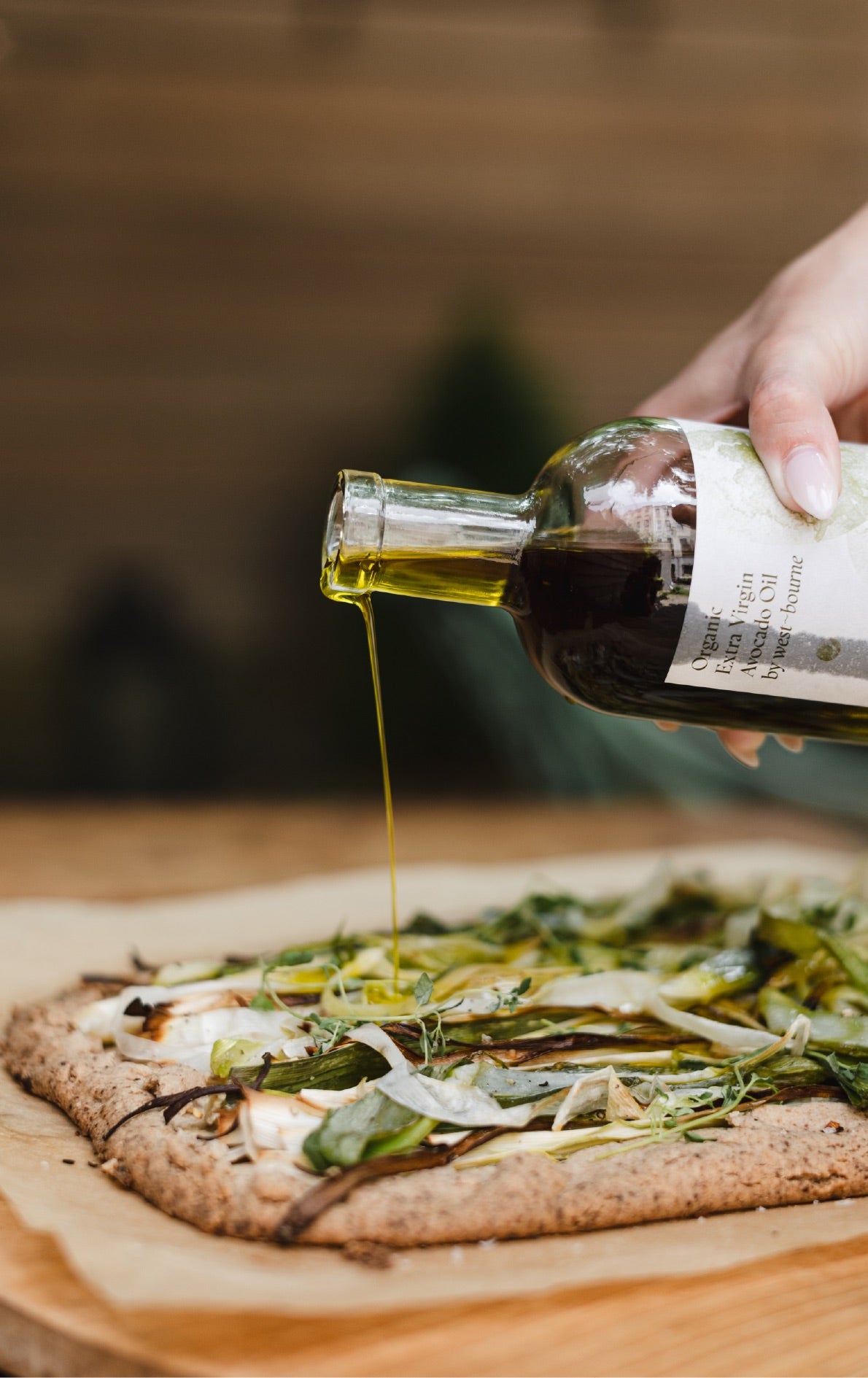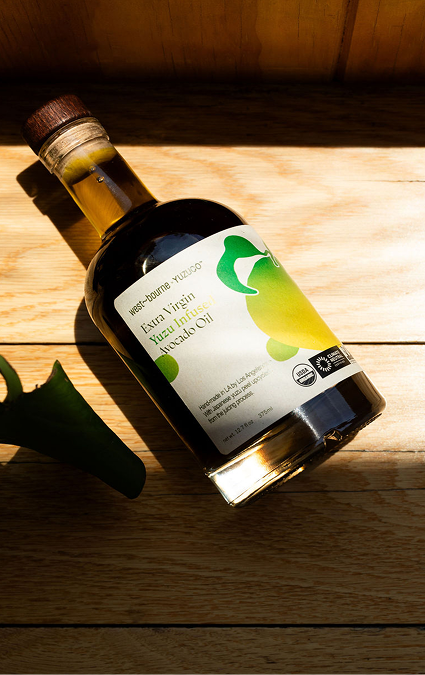Main Meal: Ben Jacobsen on the Transformative Power of Salt

If you've ever experienced the transformative power of flaky sea salt finishing a dish, you need to know about Ben Jacobsen, founder of Jacobsen Salt Co. in Tillamook, Oregon. Jacobsen first encountered truly exceptional salt while studying in Copenhagen and Norway. Years later, back in Oregon, he found himself unable to source an American-made sea salt of comparable quality—so he took matters into his own hands. He began making salt in his spare time, harvesting thousands of gallons of seawater and testing 27 sites along the Washington and Oregon coasts before settling on Netarts Bay, just south of Tillamook. We caught up with Jacobsen to ask him more about salt harvesting practices, sustainable sourcing, and why quality salt matters—for both health and flavor.
In cooking, what about quality salt that is so transformational and/or overlooked?
I think the most overlooked thing about salt is its essential nature—and its simplicity. You can cook with nothing but salt (and maybe a great avocado oil!). Salt has the power to transform a dish: it can cure, season, preserve, and add textural contrast, offering endless possibilities. Through that single ingredient's simplicity, flavors are allowed to shine.
If a restaurant chef or a home cook is focused on the quality of their ingredients, why not use the best you can find? Look for a clean brininess that tastes of the sea and washes away quickly, leaving no bitter aftertaste. I recommend doing a blind taste test—you'll notice the difference.


[Left] Photograph by Celeste Noche for Jacobsen Salt Co.
Tell us more about why you ended up at Netarts Bay in Oregon as the optimal harvesting location? What about the environment there is optimal?
The Oregon Coast is where it all started, and is at the core of everything we do. Just as a winemaker searches for the best grapes, I searched for the ideal seawater—and found it in Netarts Bay. Many factors make this spot on the Oregon Coast special. The bay is home to millions of oysters that naturally pre-filter the seawater, before we use it to make salt. At low tide, the water almost completely empties out, allowing fresh seawater to flow in twice a day. This allows us to be highly selective about when we pump water from the bay, which is the first step in the salt making process.
Tell us more about the salt harvesting methods you implement?
Unlike industrially produced salt, hand-harvested salt connects us to its origin, inherently tied to the place from which it comes. We are one of the few domestic sea salt producers still championing this tradition.
The process begins by pumping seawater from the bay. From there, the water is filtered and passed through a reverse osmosis system before being reduced into concentrated saltwater known as prebrine. This prebrine is then pumped into large boil tanks, where it continues to reduce into brine. The brine is transferred to custom evaporation pans and carefully heated to create beautiful sea salt crystals. This is where the art and craft of salt making come into play. Harvest salt requires patience and precision, as we wait for the crystals to reach their ideal level of formation. Once ready, the salt is delicately scooped from the pans and drained of excess brine before being laid out to dry. Once dry, every flake is sifted, sorted, and graded. Fully formed, pyramid-shaped crystals become our flake salt, while smaller flakes and coarser crystals become our kosher salt. This simple yet meticulous process ensures that every flake is bright, briny, and delicately crunchy—with no bitter aftertaste.

Is there an unsustainable way to harvest salt? What qualities/manufacturing practices should we be looking out for as consumers?
Salt is a foundational ingredient, yet how it's made can vary widely depending on where and how it's produced. There's no single standard—but as with any pantry staple, it's helpful for consumers to ask a few simple questions:
- Is the salt traceable to a specific place?
- Is it minimally processed?
- Does the process prioritize care and quality over speed and scale?
The answers to these questions can reveal a great deal about the values behind a salt and the quality of the final product. At Jacobsen Salt Co., we hand-harvest our salt from Netarts Bay on the Oregon Coast—a location chosen for ideal salt-making conditions. Our hands-on process keeps us closely connected to each stage. It's a detail-driven approach that yields cleaner, brighter salt, and a more thoughtful product overall.
What is your professional background and what brought you to salt?
I've never worked in a restaurant (other than making and delivering pizzas for a neighborhood shop as a teenager) so at times, I feel uncomfortable around great chefs. That said, I've been fortunate to spend significant time with chefs from all over the world, learning as I go. Before salt, I raced bicycles, training hard, and earned some big wins, even spending time at the Olympic Training Center. I raced in Italy and saw much of the country by bike. I went on to do marketing, eventually serving as Director of Global Marketing for Opera Software in Norway, which was publicly trade on the Oslo Exchange.
Before moving to Norway, I had been living in Copenhagen which is where I first encountered truly exceptional salt. When I returned to Oregon, I was surprised to find that no one in the U.S. was making salt of the same quality. What followed was a two-in-a-half-year journey of experimentation and refinement, making salt in my spare time. Once I landed on a process that produced consistently great salt, I founded Jacobsen Salt Co.
 Photograph by Nolan Calisch for Jacobsen Salt Co.
Photograph by Nolan Calisch for Jacobsen Salt Co.
How does sustainability enter into the equation in your business?
We're always looking for ways to do better—for our customers, our team, and the environment that makes our salt possible. Lately, that's meant transitioning from plastic to glass and steel packaging wherever we can, and expanding our investment in the Jacobsen Co. Hive Program to help protect regional biodiversity and support our local honeybee population.
What do you want to share about salt or specific salts that might be unknown to the everyday person?
I'm continually fascinated by the historical significance of salt. When I read Salt: A World Historyby Mark Kurlansky, I was struck by how deeply salt has played, and continues to play, a major role in global life.
As for what's unknown about salt, I hope we're always learning. The next time you cook, try doing something differently: salt your eggs afterthey're done with Pure Flake Salt instead of seasoning them while cooking. Try our Black Garlic Salt on a ripe tomato this summer—or better yet, bring the jar out to a tomato plant and sprinkle it on to take a bite fresh off the vine. Experiment. Think differently. Question what, why, and how you season things. You might discover something new—or better—and you might be the one to figure it out.

What's your favorite use of Jacobsen Salt at home?
Honestly, our Pure Flake Salt on soft scramble is phenomenal—I love it. Try salting fruit, adding a pinch to your morning coffee, or stirring a bit of our Kosher Sea Salt into a glass of water. You might be surprised by how much you enjoy it—and you'll be getting a natural dose of essential electrolytes, too.

For more on Jacobsen and his salt varieties, visit Jacobsen Salt Co.







